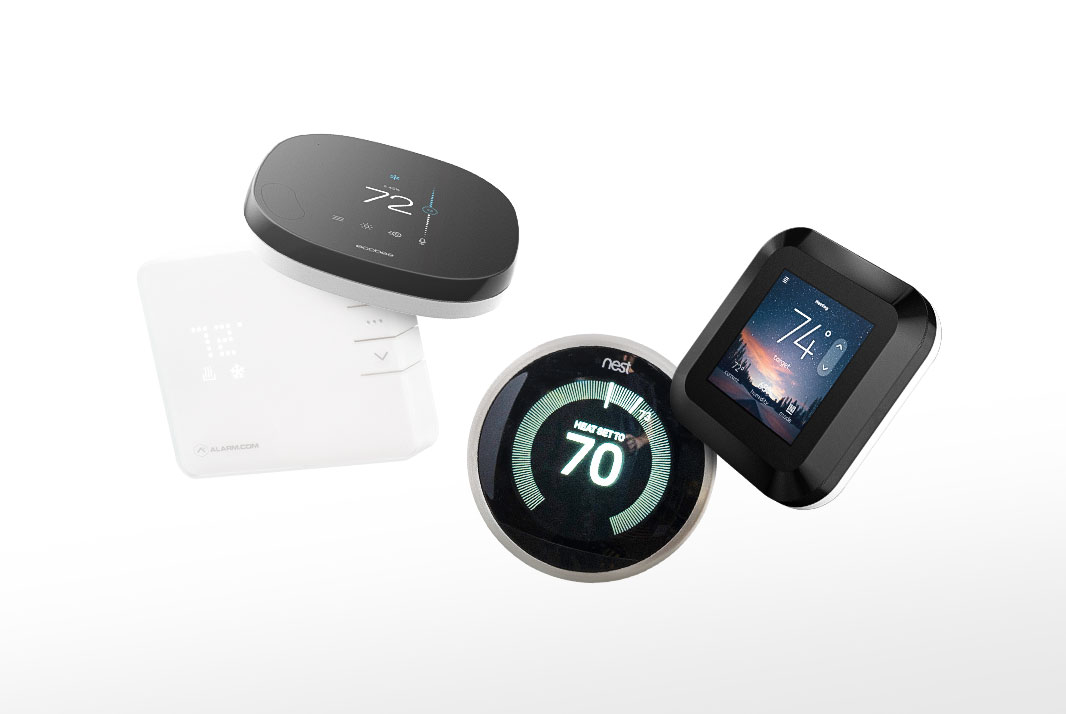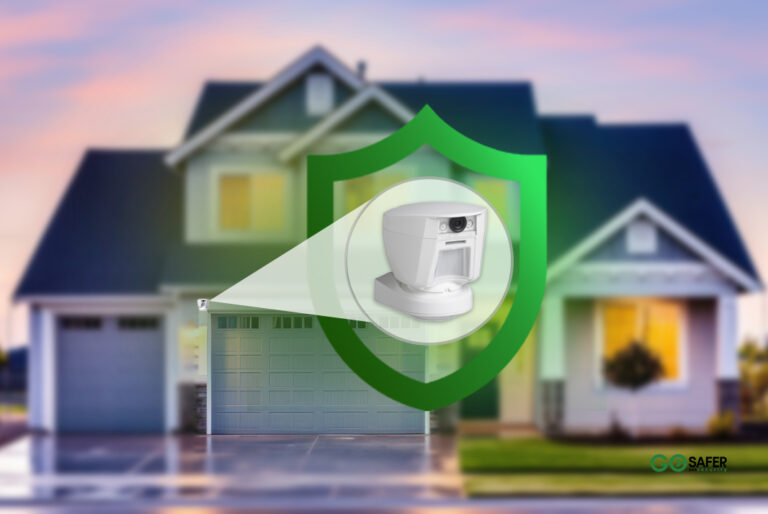The idea of a “smart home” has become more than just a trend—it’s a lifestyle choice now. Among the many gadgets that can transform a regular home into a smart one, smart thermostats stand out. But what exactly is a smart thermostat, and why is it crucial to choose the right one?
A smart thermostat is a device that allows you to control your home’s heating and cooling system remotely. It not only provides convenience but also offers potential savings on your energy bills. This guide will walk you through the essential factors to consider, ensuring you make an informed decision.
Table of Contents
ToggleUnderstanding Smart Thermostats
Basic Features of Smart Thermostats
Smart thermostats are designed to make managing your home’s temperature easier and more efficient. They typically come with features such as remote access via smartphone apps, learning algorithms that adapt to your schedule, and integration with other smart home devices.
How Smart Thermostats Work
These devices connect to your home’s Wi-Fi network, allowing you to control the thermostat from anywhere using your smartphone or voice commands. They can also learn your preferences over time, automatically adjusting the temperature for maximum comfort and efficiency.
Compatibility with HVAC Systems
Types of HVAC Systems
Before purchasing a smart thermostat, it’s essential to know what type of HVAC system you have. Common systems include central heating and cooling, heat pumps, and multi-stage systems.
Ensuring Compatibility
Not all smart thermostats are compatible with every HVAC system. Check the product specifications to ensure the thermostat you choose will work with your existing setup. Some manufacturers offer compatibility check tools on their websites to make this process easier.
Ease of Installation
DIY Installation vs. Professional Installation
Installing a smart thermostat can be a straightforward DIY project for some, while others might prefer professional installation. Consider your comfort level with electrical work and the complexity of your HVAC system when making this decision.
Tools and Skills Required
If you opt for DIY installation, ensure you have the necessary tools, such as a screwdriver, drill, and level. Basic knowledge of wiring is also beneficial. Most smart thermostats come with detailed instructions and online tutorials to guide you through the process.
User Interface and Design
Touchscreen vs. Buttons
The user interface is a critical aspect of any smart thermostat. Some models feature sleek touchscreens, while others have physical buttons. Choose the one that you find easier to use and navigate.
Aesthetic Considerations
Since the thermostat will be a visible part of your home, its design and aesthetics are also important. Look for a model that complements your home décor and blends seamlessly with your living space.
Connectivity and Integration
Wi-Fi and Bluetooth Connectivity
A good smart thermostat should offer reliable connectivity options. Wi-Fi is standard, allowing remote control and integration with other smart devices. Some models also offer Bluetooth connectivity for added convenience.
Integration with Smart Home Ecosystems
If you already have a smart home ecosystem, ensure the thermostat is compatible. Popular ecosystems include Amazon Alexa, Google Home, and Apple HomeKit. Seamless integration will enhance the overall functionality and convenience of your smart home setup.
Energy Efficiency and Savings
Energy-Saving Features
One of the primary benefits of a smart thermostat is its potential to save energy. Look for features such as occupancy sensors, energy reports, and adaptive algorithms that learn your schedule and adjust the temperature accordingly.
Potential Savings on Utility Bills
By optimizing your heating and cooling schedule, a smart thermostat can significantly reduce your energy consumption, leading to lower utility bills. Some models even provide monthly reports on your energy usage and savings.
Control and Accessibility
Remote Access via Apps
The ability to control your thermostat remotely is a significant advantage. Most smart thermostats come with companion apps that allow you to adjust the temperature, set schedules, and monitor energy usage from anywhere.
Voice Control Capabilities
Integration with voice assistants like Amazon Alexa, Google Assistant, and Apple Siri can add another layer of convenience. You can adjust the temperature with simple voice commands without even lifting a finger.
Learning Capabilities and Automation
Learning Algorithms
Smart thermostats with learning capabilities can adapt to your habits over time. They can predict when you’re likely to be home or away and adjust the temperature accordingly, ensuring comfort while maximizing efficiency.
Scheduling and Automation Features
Advanced scheduling features allow you to set different temperatures for different times of the day or week. Automation features can further simplify your life by adjusting the temperature based on your daily routine or weather conditions.
Geofencing Capabilities
How Geofencing Works
Geofencing uses your smartphone’s location to determine whether you’re home or away. When you leave a predefined radius around your home, the thermostat can automatically adjust the temperature to save energy.
Benefits of Geofencing
This feature ensures that you’re not heating or cooling an empty house, resulting in significant energy savings. It also means your home will be at the perfect temperature when you return, providing both comfort and efficiency.
Sensor Support
Types of Sensors
Some smart thermostats support additional sensors that can be placed in different rooms. These sensors help monitor temperature and occupancy, providing more accurate and efficient temperature control.
Placement and Usage of Sensors
Proper placement of these sensors is crucial for optimal performance. Place them in rooms that are frequently used or have temperature variations to ensure even heating and cooling throughout your home.
Price and Budget Considerations
Price Range of Smart Thermostats
Smart thermostats come in a wide range of prices, from budget-friendly models to high-end options. Determine your budget beforehand and look for a model that offers the best value for your money.
Balancing Cost and Features
While it might be tempting to go for the cheapest option, consider the features and benefits each model offers. Investing in a more expensive thermostat with advanced features can lead to greater savings and convenience in the long run.
Brand and Model Reputation
Popular Brands in the Market
Brands like Alarm.com, Qolsys, Honeywell, and Sensi are well-known for their quality smart thermostats. Researching these brands and their product lines can help you make a more informed choice.
Reading Reviews and Ratings
Customer reviews and ratings provide valuable insights into the performance and reliability of different models. Pay attention to feedback about ease of use, installation, and customer support.
Warranty and Customer Support
Importance of a Good Warranty
A good warranty can provide peace of mind, knowing that you’re covered in case of defects or malfunctions. Check the warranty terms and duration before making your purchase.
Evaluating Customer Support Services
Reliable customer support is essential, especially if you encounter issues during installation or usage. Look for brands that offer robust customer support services, including online resources, phone support, and chat assistance.
Conclusion
Choosing the perfect smart thermostat involves considering various factors, from compatibility and installation to features and budget. By taking the time to research and evaluate these aspects, you can find a smart thermostat that meets your needs, enhances your comfort, and helps you save on energy bills. Make an informed decision and enjoy the benefits of a smarter, more efficient home.







